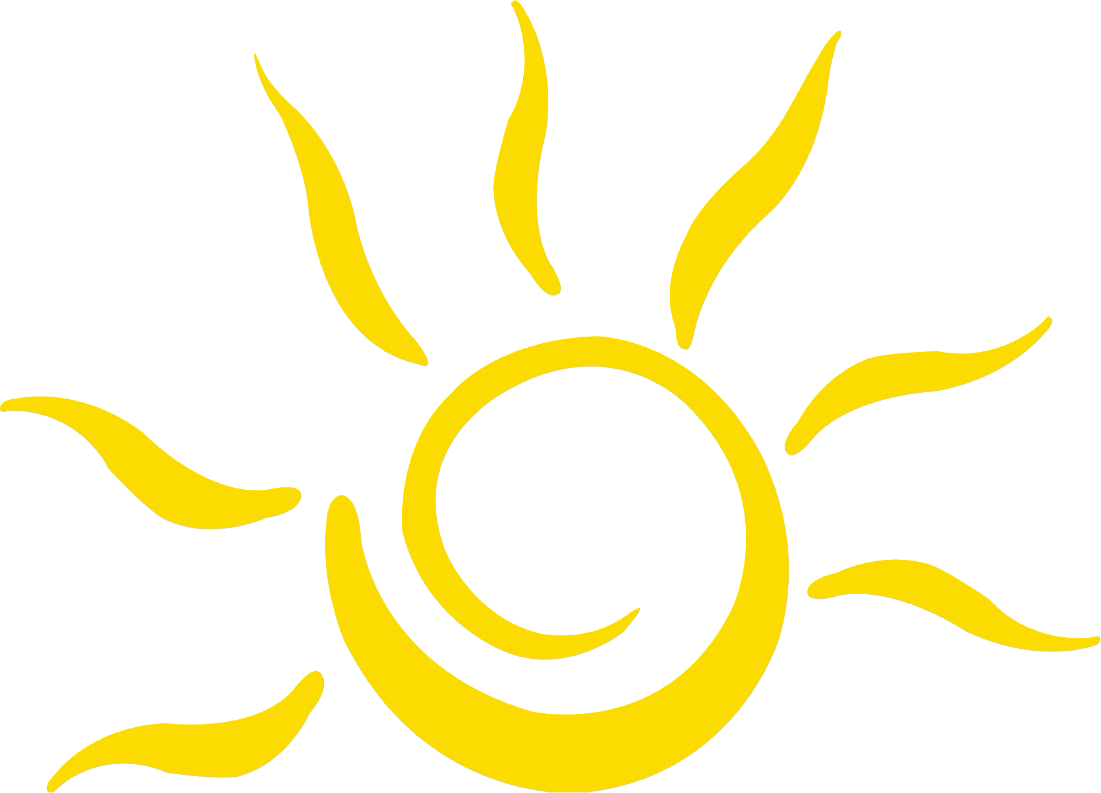


Yoga is an ancient Indian science meant to bring in balance between all the planes namely Annamaya, Pranamaya, Manomaya, Vijnanamaya & Anandamaya koshas through its unique & time-tested practices making it a holistic healing science.
Yoga's therapeutic tools have been proven beyond doubt through several research studies that it brings about a state of homeostasis in different organ systems like cardio-vascular, digestive, respiratory, nervous system, and immune systems through the practices of yoga asanas, pranayamas, meditation, yogic kriyas and yogic diet.
Yoga therapy is a systematic application of yogic tools namely Asanas (postures), Pranayamas (specialized breathing techniques), Kriyas (cleansing procedures), Bandhas (locks or seals), Pratyahara (senses withdrawal), Dharana (concentration) & Dhyana (meditation) to bring about a state of harmony of the anatomical, physiological & psychological aspects of the human being. This would bring about healing in many psycho-somatic ailments.
At Anandamaya Wellness Center, one would get a personalized and one-to-one application of yoga & its tools to bring about the desired results.
Ashtanga yoga is nothing but eight limbed yoga, originally proposed by Patanjali maharishi.
The eight steps mentioned are:
Yama, Niyama, Asana & Pranayama are considered to be the external practices which help to bring about a state of perfect synchrony of all the organs, organ systems & functions of the body and also cleanse or purify the physical system of its toxins. These four limbs are also considered to be part of bahiranga yoga and address Annamaya, Pranamaya & partially Manomaya koshas.
Pratyahara, Dharana, Dhyana & Samadhi are considered as part of antharanga yoga which are internal yoga practices helping us to attain a state of harmony of our higher functions at Manomaya & Vijnanamaya koshas leading to our true nature which is Anandamaya.
Vinyasa yoga is a style of yogic practice wherein, there is a perfect synchronization between asanas, pranayamas & Bandhas (locks).
During every asana practice it is very important to focus our awareness on the breath for beginners & on breath and bandhas in advanced practitioners in order to fetch the perfect effect of each yogic practice.
This synchronization fetches us the effects of detoxification and there by rejuvenation of our Annamaya, Pranamaya, Manomaya & Vijnanamaya koshas.
Hatha yoga comes from the Sanskrit word ‘Ha’ means ‘prana’, ‘tha’ represents ‘mind’. Hatha yoga aims to bring about a state of harmony between the pranic & mental forces through its practices. Hatha yoga is a style of yogic practice wherein the emphasis is on the practice of asanas (postures), pranayamas (specialized breathing techniques), Shatkarmas (cleansing techniques), Mudras (symbols) & Bandhas (seals or locks).
The aim of this approach is to bring about a state of detoxification and rejuvenation of annamaya & pranamaya koshas which would help us to get into higher practices of dhyana (meditation) & samadhi (contemplation).
The higher practices in turn would help us to get to the other planes namely Manomaya & Vijnanamaya koshas promoting harmony and leading to Anandamaya state of being.
Hatha yoga practice does not lay emphasis on yama & nimayas, which would be practiced once the hatha yogic practices are perfected.
Yogic postures teach us to control our skeletal muscles that operate our extremities & also help to contain the muscles which form the support for the internal organ systems.
All Yogic postures help to improve the strength of our muscular system, as most of them are isometric in nature.
Hatha yogic postures improve the co-ordination between nervous & musculo-skeletal system.
Yoga asanas also help to concentrically shorten & eccentrically lengthen the whole of our muscular system under gravitational force, helping to maintain the health of our muscles.
In short, yoga asanas act as an important tool to keep our Annamaya kosha in a state of synchronization with all the organ systems.
In totality, pranayamas are an important tool to bring in a state of balance of both Annamaya & Pranamaya koshas.
Relaxation techniques like Quick relaxation techniques, Deep relaxation techniques, Yoga Nidra, Mind Sound Relaxation techniques are specially designed yogic tools to induce a state of rest to the body and a state of calmness to the mind.
Meditation helps to bring about calmness in our mind, with regular & consistent practice.
Scientific studies have proved that meditation has helped to reduce substance abuse, to reduce anxiety disorders, stress disorders, hypertension and also psycho-somatic disorders.
Meditation is a vital tool to balance Annamaya, Pranamaya, Manomaya & Vijnanamaya koshas.